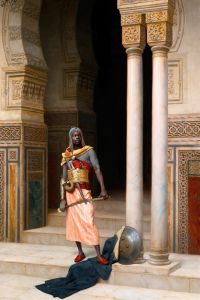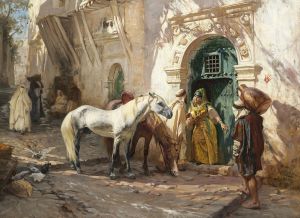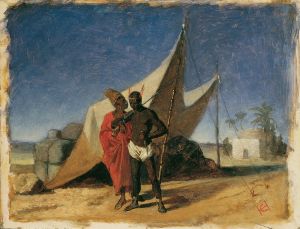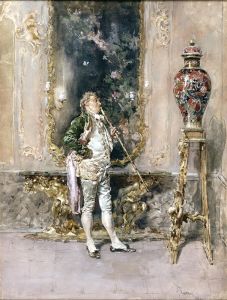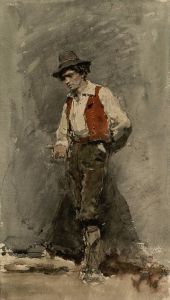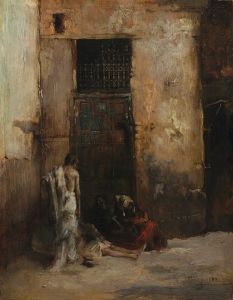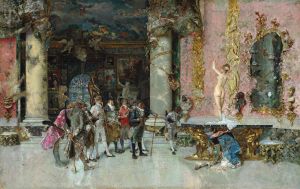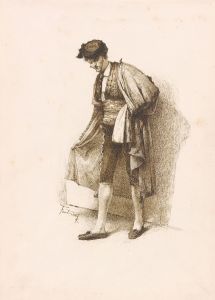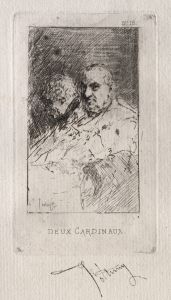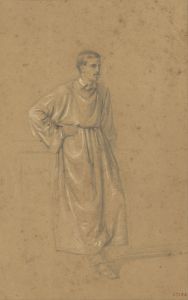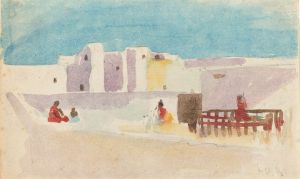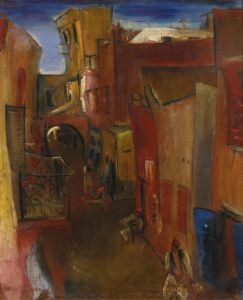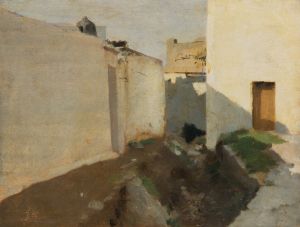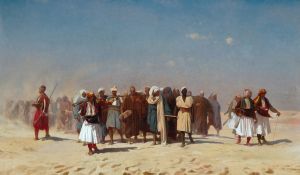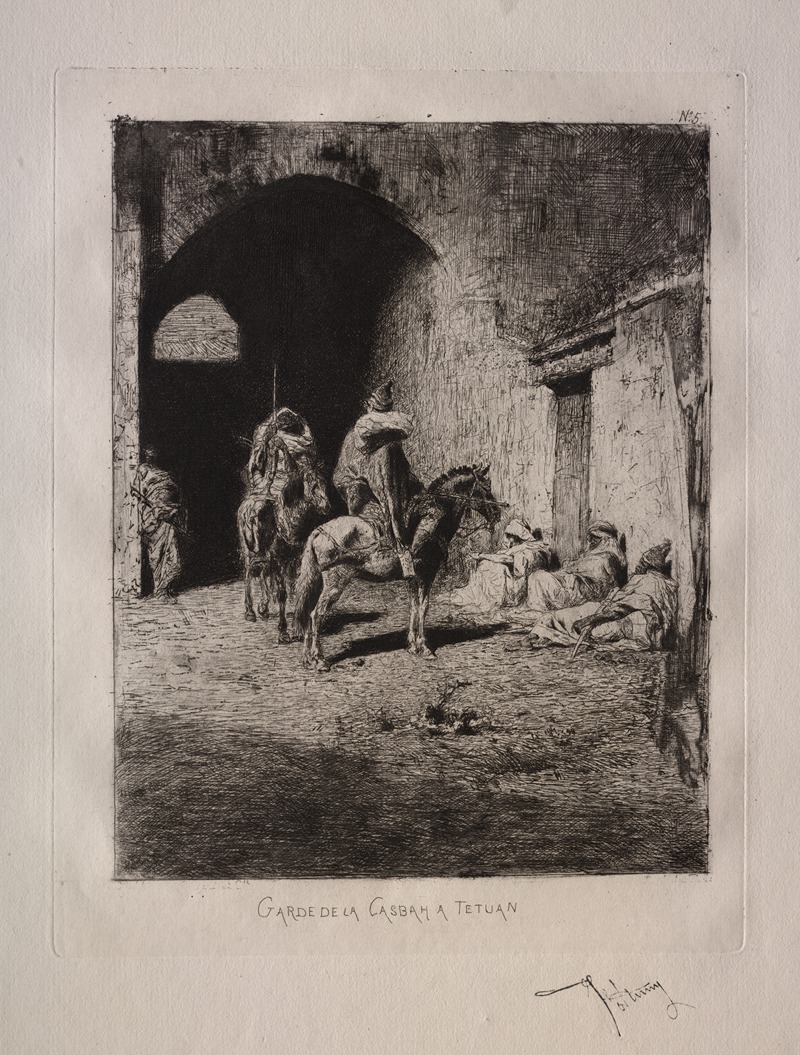
Guard of the Casbah at Tétouan
A hand-painted replica of Mariano Fortuny Marsal’s masterpiece Guard of the Casbah at Tétouan, meticulously crafted by professional artists to capture the true essence of the original. Each piece is created with museum-quality canvas and rare mineral pigments, carefully painted by experienced artists with delicate brushstrokes and rich, layered colors to perfectly recreate the texture of the original artwork. Unlike machine-printed reproductions, this hand-painted version brings the painting to life, infused with the artist’s emotions and skill in every stroke. Whether for personal collection or home decoration, it instantly elevates the artistic atmosphere of any space.
"Guard of the Casbah at Tétouan" is a painting by the Spanish artist Mariano Fortuny Marsal, who is often celebrated for his detailed and vibrant works that capture the essence of 19th-century life. Fortuny, born in 1838 in Reus, Catalonia, was a prominent figure in the Romantic movement and is known for his ability to blend realism with a romanticized view of his subjects.
This particular painting, "Guard of the Casbah at Tétouan," was created during a period when Fortuny was deeply influenced by his travels and experiences in North Africa. In 1860, Fortuny was commissioned by the Spanish government to document the Spanish-Moroccan War, which led him to Morocco. This experience had a profound impact on his artistic style and subject matter, as he became fascinated with the culture, architecture, and people of the region.
The painting depicts a guard stationed at the Casbah in Tétouan, a city in northern Morocco. The Casbah, a type of fortress or medina, is a significant architectural and cultural symbol in many North African cities. Fortuny's depiction of the guard is meticulous, showcasing his skill in rendering textures and details, from the intricate patterns of the guard's attire to the weathered surfaces of the Casbah's walls.
Fortuny's work is characterized by his use of light and color, and "Guard of the Casbah at Tétouan" is no exception. The painting captures the warm, golden hues of the North African sun, which illuminate the scene and bring a sense of vibrancy and life to the composition. The play of light and shadow is expertly handled, highlighting Fortuny's mastery of chiaroscuro, a technique that uses strong contrasts between light and dark to achieve a sense of volume and three-dimensionality.
The guard himself is portrayed with a sense of dignity and presence, reflecting Fortuny's respect and admiration for his subjects. This respectful portrayal is a hallmark of Fortuny's work, as he often sought to depict the people he encountered with authenticity and empathy. The guard's posture and expression convey a sense of vigilance and duty, fitting for his role as a protector of the Casbah.
Fortuny's time in Morocco not only influenced his choice of subject matter but also enriched his palette and technique. The exposure to the vibrant colors and dynamic compositions of North African art and architecture can be seen in the lively and intricate details of his paintings from this period. "Guard of the Casbah at Tétouan" is a testament to this influence, showcasing Fortuny's ability to blend his European artistic training with the exotic and captivating elements of Moroccan culture.
Mariano Fortuny Marsal's contributions to art extend beyond his paintings; he played a significant role in the development of the Orientalist movement in Europe. His works offered a glimpse into the diverse and often romanticized world of the East, influencing many artists who followed in his footsteps. "Guard of the Casbah at Tétouan" remains an important piece within his oeuvre, exemplifying his skill, cultural curiosity, and the lasting impact of his travels on his artistic vision.





